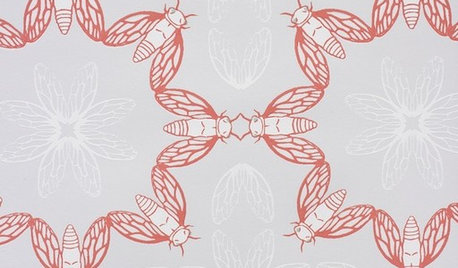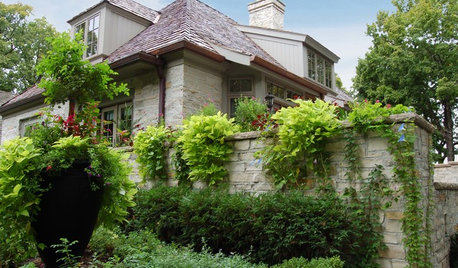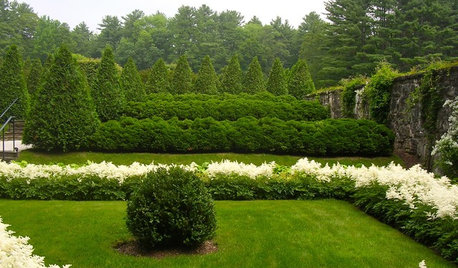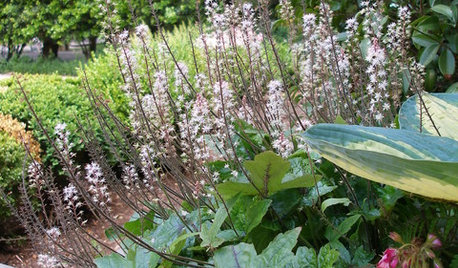Weevils
spring_chicken
17 years ago
Related Stories

KITCHEN STORAGEGet It Done: How to Clean Out the Pantry
Crumbs, dust bunnies and old cocoa, beware — your pantry time is up
Full Story
GARDENING GUIDESHow to Keep Your Citrus Trees Well Fed and Healthy
Ripe for some citrus fertilizer know-how? This mini guide will help your lemon, orange and grapefruit trees flourish
Full Story
KITCHEN DESIGNHouzz Call: Tell Us About Your First Kitchen
Great or godforsaken? Ragtag or refined? We want to hear about your younger self’s cooking space
Full Story
PRODUCT PICKSGuest Picks: Decor to Make Your Eyes Bug Out
Insects are marching to a different tune these days, showing up on knobs, teapots and even tablecloths
Full Story
GROUND COVERSGround Force: 10 Top Ground Covers for Your Garden
Protect your soil from weeds and drought this summer with a living mulch of ground covers
Full Story
FOLIAGEGreat Design Plant: Ornamental Sweet Potato Vine
Versatile, fast growing, inexpensive and easy on the eyes, ornamental sweet potato vine has it all
Full Story
LIFE7 Things to Do Before You Move Into a New House
Get life in a new house off to a great start with fresh paint and switch plates, new locks, a deep cleaning — and something on those windows
Full Story
FLOWERSGreat Design Plant: Astilbe
Astilbe's feathery white flowers add unique texture to the garden, even as the weather turns cooler
Full Story
GARDENING GUIDESGreat Design Plant: Foamflower Cushions Shady Garden Areas
Try evergreen ground cover Tiarella cordifolia for a soft look all year — one the rabbits and deer won’t mess with
Full Story
COOL-SEASON CROPSCool-Season Vegetables: How to Grow Carrots
More than just a bunny food, easy-to-grow carrots add lacy good looks to a fall or spring garden
Full StoryMore Discussions









Embothrium
morz8 - Washington Coast
Related Professionals
70037 Landscape Architects & Landscape Designers · Rossville Landscape Architects & Landscape Designers · Bethlehem Landscape Contractors · Wakefield Landscape Contractors · Brookside Landscape Contractors · Alpharetta Landscape Contractors · Framingham Landscape Contractors · Kailua Landscape Contractors · New Cassel Landscape Contractors · Pleasant Grove Landscape Contractors · San Rafael Landscape Contractors · Smyrna Landscape Contractors · Austin Fence Contractors · Fountain Fence Contractors · Saginaw Fence ContractorsirmaS
spring_chickenOriginal Author
gardengal48 (PNW Z8/9)
Embothrium
spring_chickenOriginal Author
Embothrium
gardengal48 (PNW Z8/9)
irmaS
Embothrium
morz8 - Washington Coast
gardengal48 (PNW Z8/9)
Embothrium
morz8 - Washington Coast
Diane_Kirkland
Embothrium
irmaS
hemnancy
bahia
trolley_molly
felixcat
botann
maro
aftermidnight Zone7b B.C. Canada
maro
buyorsell888
westernwilson
buyorsell888